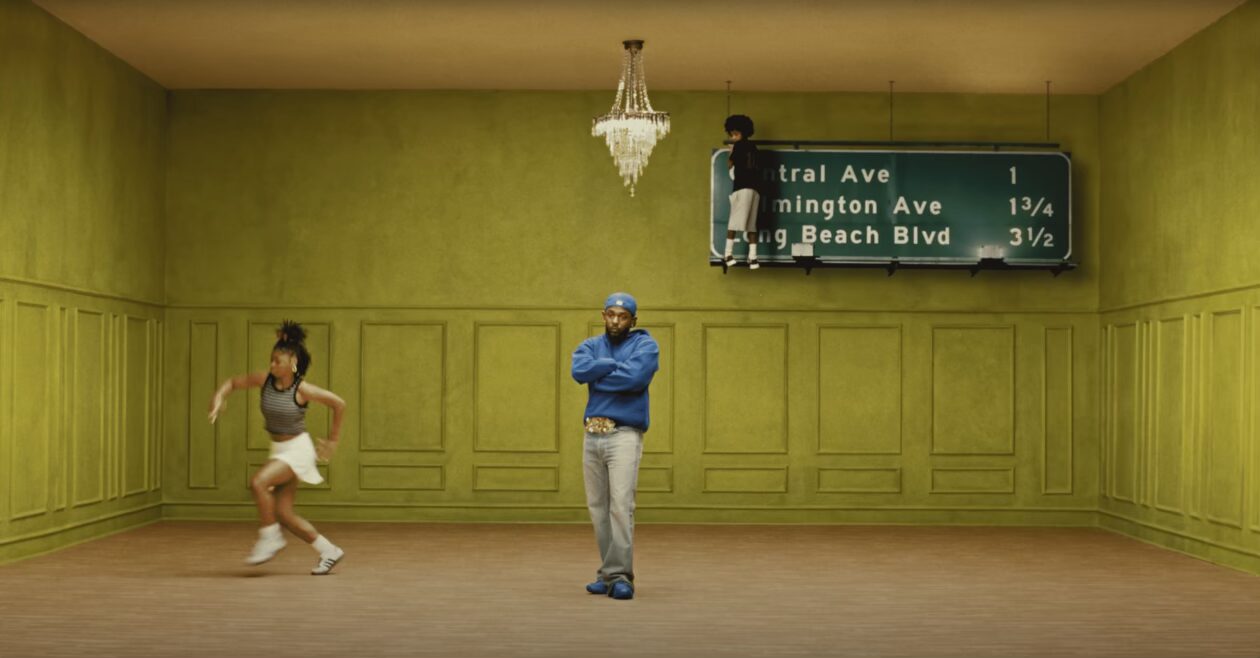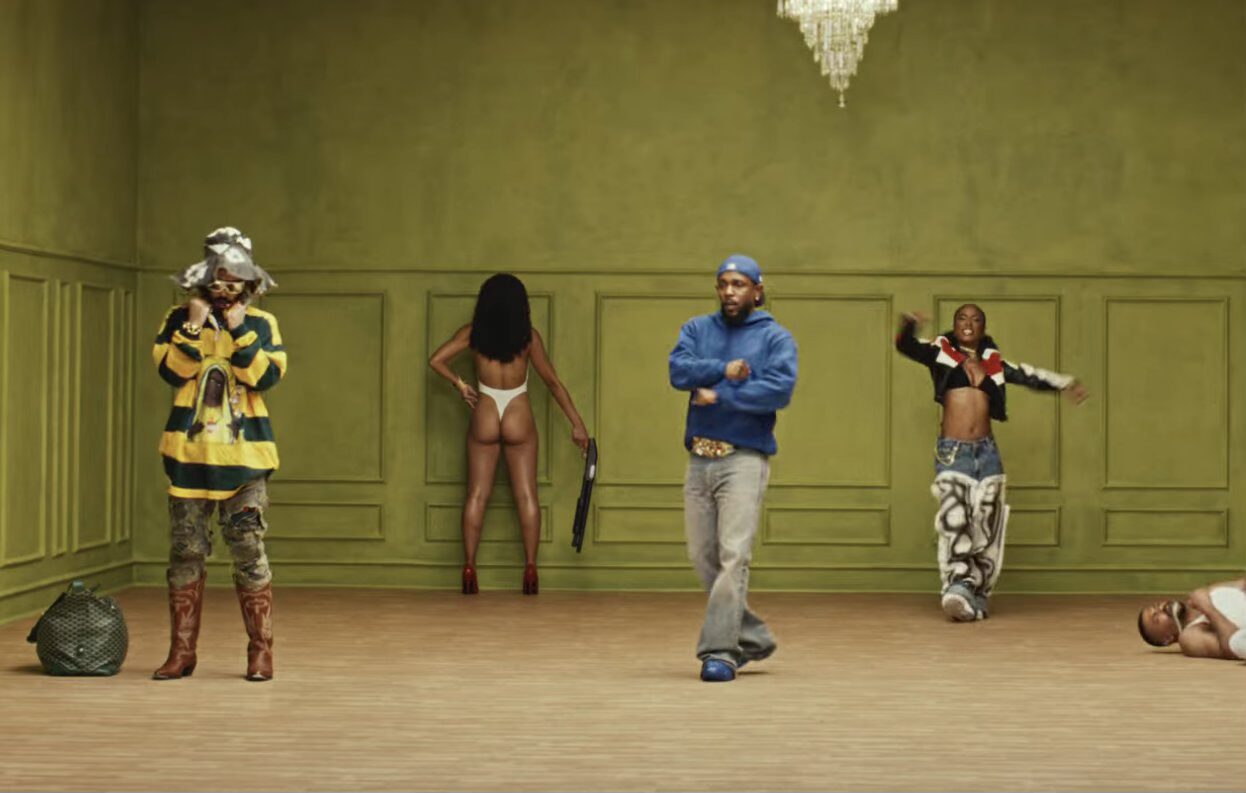In Squabble Up, Kendrick Lamar pays homage to G-Funk and Nate Dogg through a video brimming with cultural and historical references. Discover its hidden messages!
Kendrick Lamar and the world of “squabble up”
Kendrick Lamar strikes again, this time with a distinctly West Coast elegance. Squabble Up, his latest video, is not just a visual work; it’s a journey. It’s not only the DNA of Compton that’s on display but the essence of an entire culture. With homage, well-placed references, and an authentic vibe, Kendrick proves he knows his history—and, more importantly, how to pass it on.
At the heart of this journey is one recurring name: Nate Dogg. Without big declarations, his presence hovers over the video—a giant album cover, echoes of G-Funk in the air, and the unmistakable influence he left on music. Kendrick doesn’t just nod to Nate Dogg; he positions him as a pillar, a living source of inspiration.
From the opening seconds, the tone is set. Kendrick paints a scene he knows by heart: the 105 Freeway, the names scrolling by—Central, Wilmington, Long Beach. This isn’t just a backdrop for aesthetics; it’s a sonic postcard of his universe, one that shaped him. The streets of Compton are not mere backdrops but characters in Kendrick’s story.
The color choices are no coincidence. The omnipresent Dodger blue is not just a nod to Los Angeles’ baseball team. It symbolizes belonging, local pride, and the complexities of street alliances and tensions. Kendrick plays with these symbols, reminding us that his art is rooted in reality.
Where Kendrick truly impresses is in how he stretches the narrative beyond Compton. A scene showcasing iconic scraper bikes nods to the hyphy culture of the Bay Area. These custom bikes, symbols of Oakland, San Francisco, and Vallejo’s underground scene, emphasize that the West Coast is a mosaic, where each region contributes its voice.

Then there’s the recreated Power album cover by Ice-T, a heavy reference. Ice-T epitomized gangsta rap at its peak—the raw power of words and the harsh reality of street life. By adopting this aesthetic, Kendrick sends a clear message: he is the heir to that era, but with his unique sensibility.

What stands out most in Squabble Up is the understated yet powerful tribute to Nate Dogg. The giant cover of G Funk Classics Vol. 1 & 2 dominating the video isn’t just decoration. It’s a reminder of Nate Dogg’s transformative impact. With his voice, he softened gangsta rap without diluting its strength, making the chorus a melodic weapon that could elevate a song to greatness.
Kendrick knows he walks in Nate Dogg’s footsteps. This isn’t just nostalgic homage; it’s his way of saying Nate’s spirit lives on in every note, in every hook. For Kendrick, Nate Dogg is not just a memory; he’s a foundation.

But that’s not all. The video overflows with details that hip-hop and Black culture enthusiasts will appreciate. The kid in orange with a Pistons cap? Straight out of Menace II Society. The “LOVE” and “HATE” rings like Radio Raheem’s in Do The Right Thing, reimagined as “HOOD”? That’s Kendrick’s subtle genius, playing with symbols to explore loyalty and inner struggles.

The Soul Train-inspired dance floor, the banner reading “JESUS SAVES GANGSTERS TOO!,” and echoes of Isaac Hayes’ Black Moses—all serve as reminders that Kendrick is more than just a Compton artist. He’s a storyteller, a historian of Black culture, an artist who knows art is built on what came before.

Squabble Up is more than a music video; it’s a manifesto. Kendrick shows he is both student and master, a guardian of hip-hop’s heritage, and an innovator. He plays with codes, pays tribute to those who paved the way, while forging his own path. Above all, he reminds us that music is more than sound. It’s memory, transmission, and a way to stay alive through time.
Nate Dogg would have surely smiled at this video. Because there, in that California vibe, in those still-resonating hooks, his legacy lives on, carried by a Kendrick at the height of his art.
G-Funk isn’t dead, and with artists like Kendrick, it never will be.
To delve deeper into the history and influence of Black American culture, don’t miss “The History of Black America: From Plantations to Rap Culture” by Pascal Archimede. This fascinating book sheds light on the deep roots of Afro-American music and art.
Discover it now: The History of Black America – From Plantations to Rap Culture.
